Cognac is a very complex product that requires time and great know-how. What is the history of cognac? how is it made? and how to choose it?
To discover its manufacturing secrets I went to meet the Martell teams, both in the Borderies in the heart of the famous brand’s vineyards, and in their tasting room.
Summary
Cognac : a long history
In the 18th century, the English and Dutch imported a lot of Charente wine, but this one, sometimes of poor quality, didn’t stand the journey and arrived with a bad taste. In order to preserve it better the Dutch had the idea of distilling it, a practice which had two advantages: on the one hand the product was better preserved, on the other hand it was more concentrated which allowed to pay less taxes. It was not until it arrived in Holland that it was diluted in water. In doing so, we realized that the distilled wine improved during the transport in wooden barrels… the bases for the making of cognac were laid even if its elaboration is a little more complex as you will see.
How is cognac made?
The elaboration of cognac goes further than a simple distillation. It is a slow and complex process that requires a great deal of know-how and technical skill. Everything starts from grapes grown, of course, in the area around Cognac city. As soon as the grapes are harvested, they are pressed and fermentation begins: the sugar is transformed into alcohol and makes it possible to obtain wine. A double distillation is then applied from which a very pure and aromatic liqueur emerges, with a titre of 70 degrees.
This liqueur is stored in French wooden barrels, starting the long journey of ageing which will last several years. During the ageing process, there is a natural exchange between the brandy and the wood which will colour the precious liquid and enrich it with new aromas. During this stage about 2% of the alcohol evaporates, it is poetically called “the angels’ share”. This evaporation is the joy of the torula, a mushroom that feeds on alcohol vapours and colours the walls of the cellars with a black colour typical of the area.
The Cellar Master and the Blender Master: Cognac conductors
Aged eaux-de-vie are not cognac: it is blends of several of them that will give birth to the famous alcohol. This is where the Cellar Master and Blender Master come into play, who are to cognac what “noses” are to perfume: their expertise enables the best dosages to create the most flavoursome blends. Every day they taste between 40 and 70 different eaux-de-vie to orchestrate the ageing process, sometimes ageing them in barrels that have already been used to give them a new flavour, pre-blending them or stopping their ageing process by storing them in “dames-jeannes”, large glass bottles of several dozen litres.
This method of production explains why there are rarely vintages for Cognac: since they are created from eaux-de-vie from different years, they cannot be attributed to a specific year. Instead, the year of bottling is used, which freezes the evolution of the product.
We also have a better understanding of the diversity of cognacs that can be found on the market. If some of them are around a few dozen euros, other bottles are worth several thousands. The first are created from young eaux-de-vie where the second can be made from several hundred blends of eaux-de-vie that have sometimes aged for more than a hundred years!
To facilitate their recognition, the different cognacs are classified into several appellations:
- VS (Very Special): made up of eaux-de-vie that are at least two years old.
- VSOP (Very Superior Old Pale): made up of eaux-de-vie that are at least four years old.
- XO (Extra Old): made up of eaux-de-vie that are at least six years old, ten years if produced after 2018.
- XXO: made up of eaux-de-vie at least 14 years old.
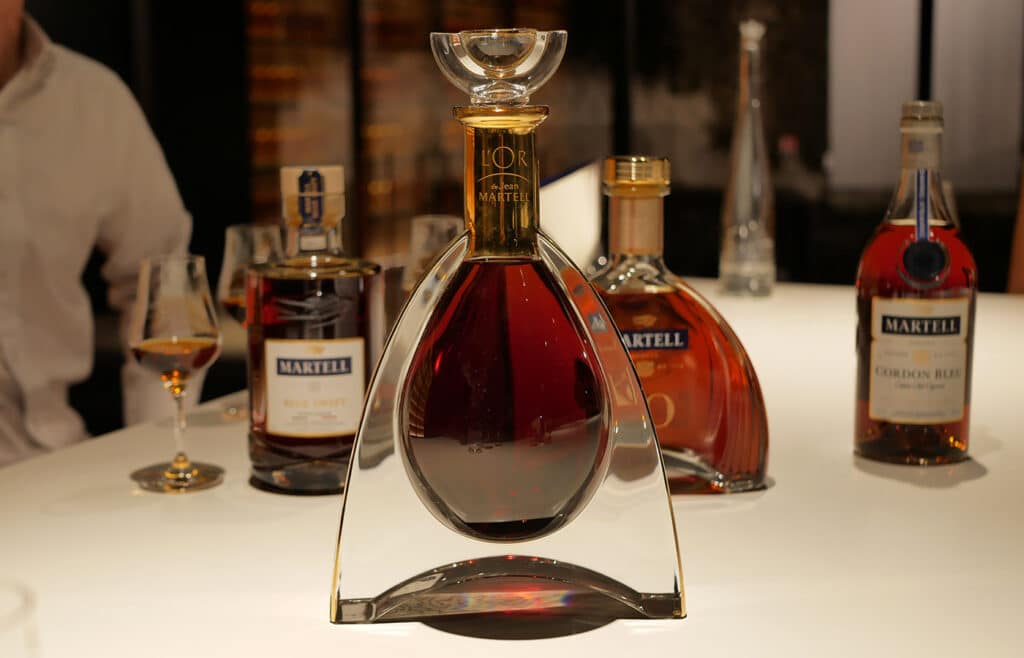
How to choose a cognac?
Between all the houses and all the varieties of cognac it is sometimes difficult to find your way around. The choice of a cognac will depend on your palate and the use you wish to make of it. Used in cooking or in cocktails, young cognacs (type VS or VSOP) will be sufficient. For a digestive tasting, an XO is preferred.
Also keep in mind that unlike wine, cognac does not age once in the bottle. It therefore keeps all its life the age it was when it was put under glass.
The bottles sometimes mention an additional geographical name indicating the precise area of origin of the blend (Grande Champagne, Fine Champagne…). This gives an idea of the soil in which the grape was formed:
- Grande and Petite Champagne are the heart of the vineyard. They produce fine brandies with a floral flavour,
- The Borderies is a terroir near the town of Cognac, with a violet and iris scent,
- The Fins Bois, are located in a more remote area generally used for cognacs with short ageing,
- The Bons Bois are vines from forested regions or that grow alongside agricultural crops,
- The Bois Ordinaires have sandy soils, closer to the ocean.
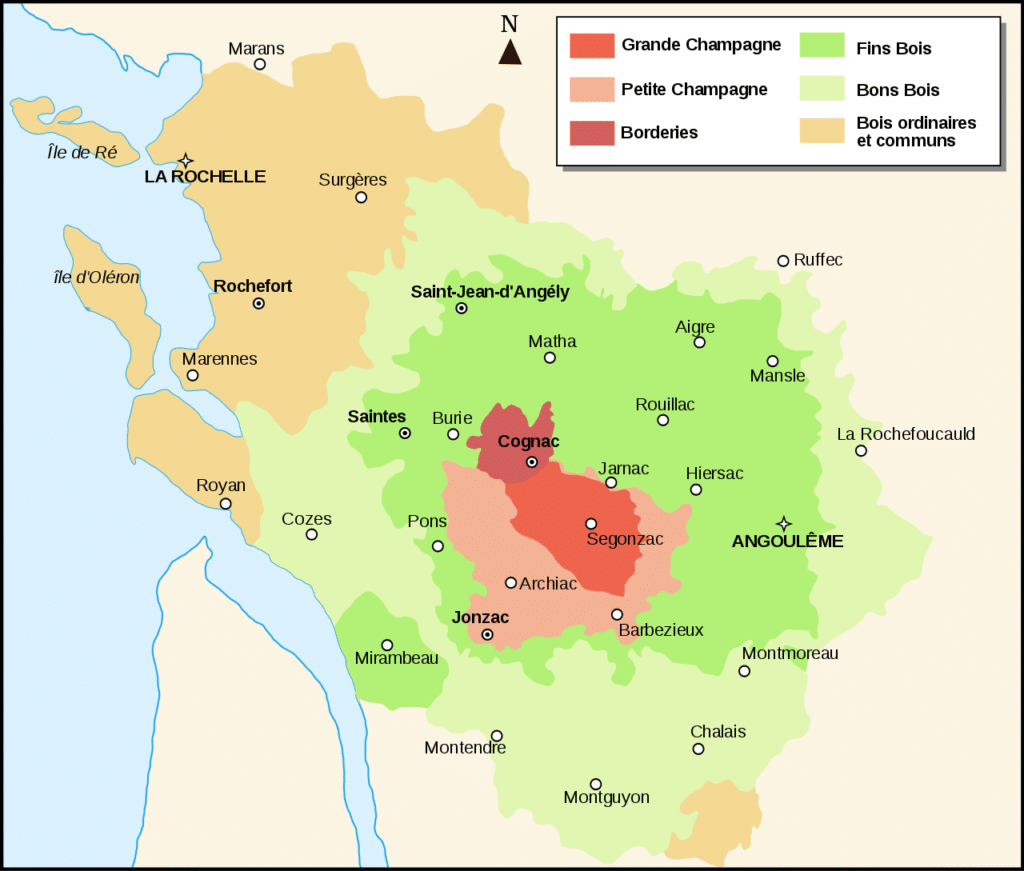
The ideal is of course to be able to taste different cognacs to educate your palate and find the product that best suits your taste. Otherwise, the cognacs of great houses such as Martell, which welcomed me, but also Hennessy or Remy Martin, use many blends to keep over the years products that have a stable taste and are generally safe values. Thus, XO Cordon Bleu cognac from Martell has not changed its recipe since 1912.
Visit the Martell House
If you go to the town of Cognac, you will inevitably come across many producers who offer tours. These allow you to discover the production methods and often to taste different varieties of cognac.
For my part I went to visit the Martell house, the oldest of the cognac houses created in 1715 by the Englishman Jean Martell. The visit Martell The Journey is done in the old cellars and can be done in half an hour or half a day depending on how much time you want to spend there.
You will discover the House’s heritage, its know-how and “the angels’ share”, a section that explores the techniques used to make cognac. An experience that ends with a tasting session will allow you to test the different products of the House, from the most classic to the most original such as the “Blue swift”, a derivative of cognac whose ageing has been completed in Kentucky bourbon barrels, which deprives it of the cognac appellation but gives it a powerful structure ideal for cocktails. You can also make your own blending and bottle your own cognac.
Not open to visitors, here is the tasting area of the Cellar Master, the Master Blender and their team. It is here, in this old cellar, that they taste and document every day the eaux-de-vie to elaborate the different cognacs of the Martell range.
To complete your visit, don’t miss a visit to the Martell Corporate Foundation, a cultural institution dedicated to contemporary creation that is currently presenting an exciting design exhibition.
LEARN MORE : The Martell Foundation, the new place(s) to be in Cognac !
And, of course, we remind you that alcohol abuse is dangerous for your health and that your consumption of Cognac, like all other alcohols, should be done moderatly!
A huge thank you to Christian Guérin, Master Assembler at Martell as well as Margot Delpeuch and Alexandre Combescot de Marsaguet, Brand Education Ambassadors for their welcome, their time and their explanations.
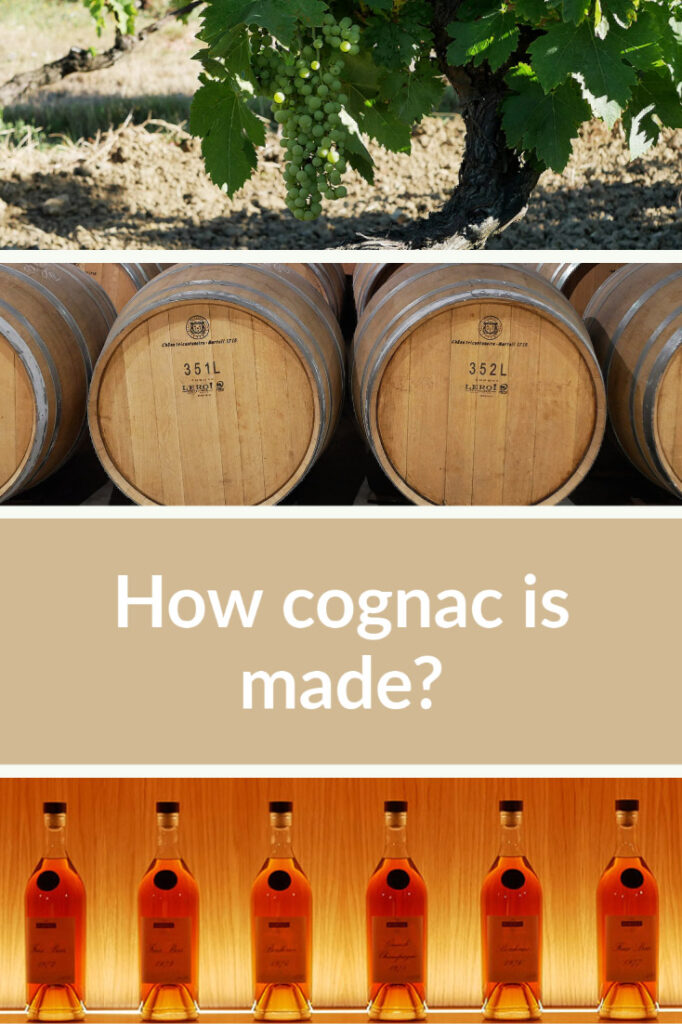



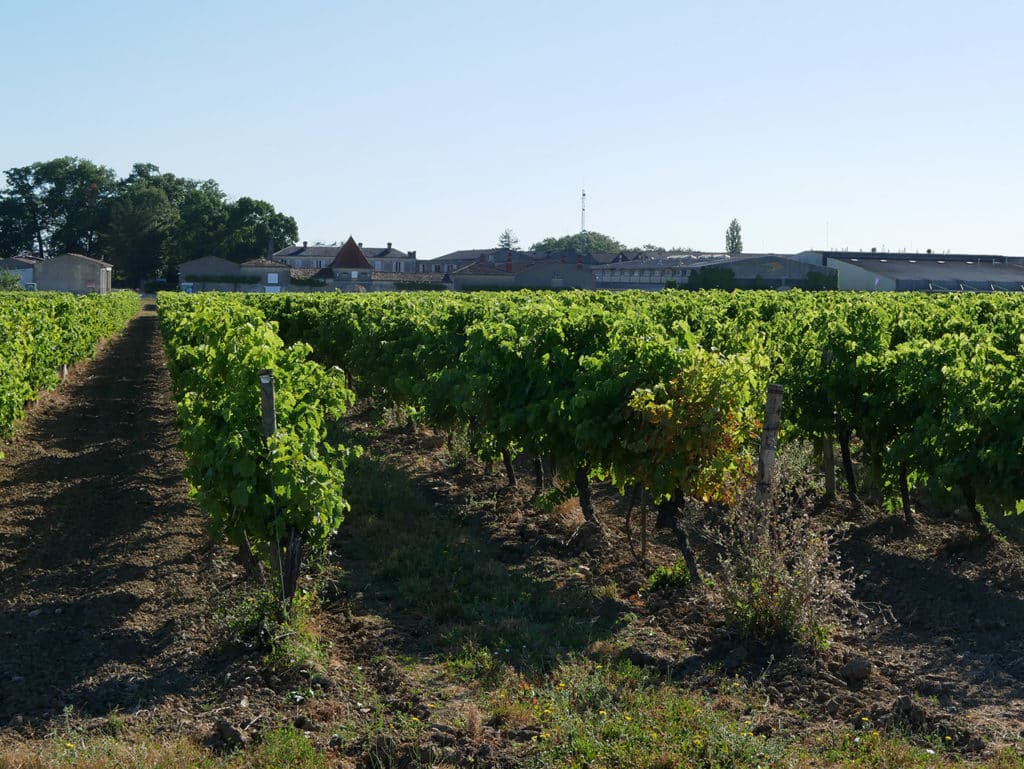

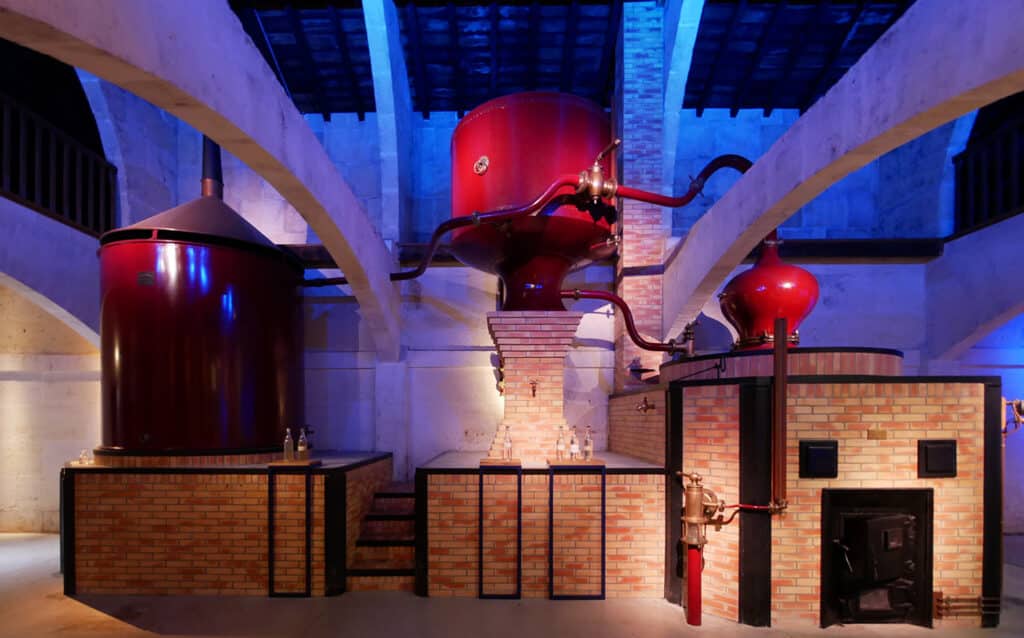
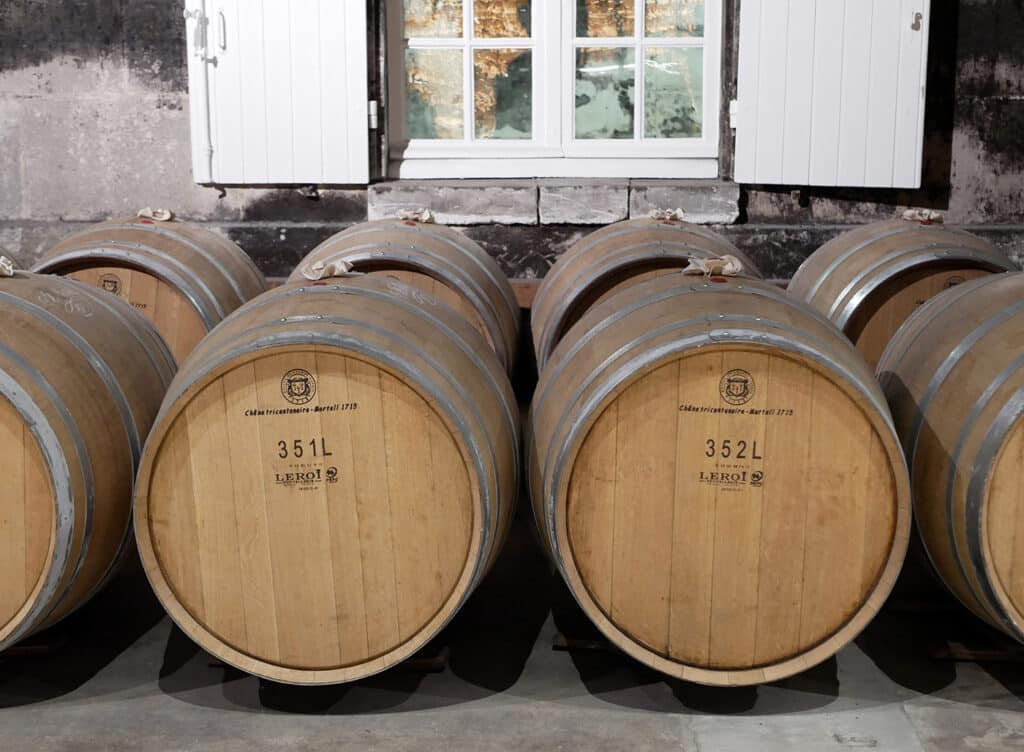
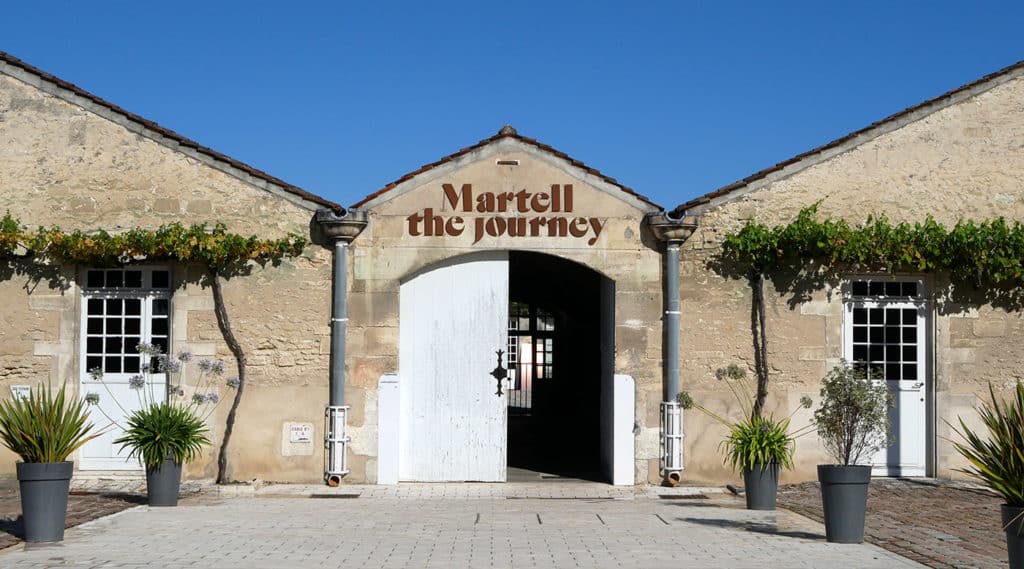
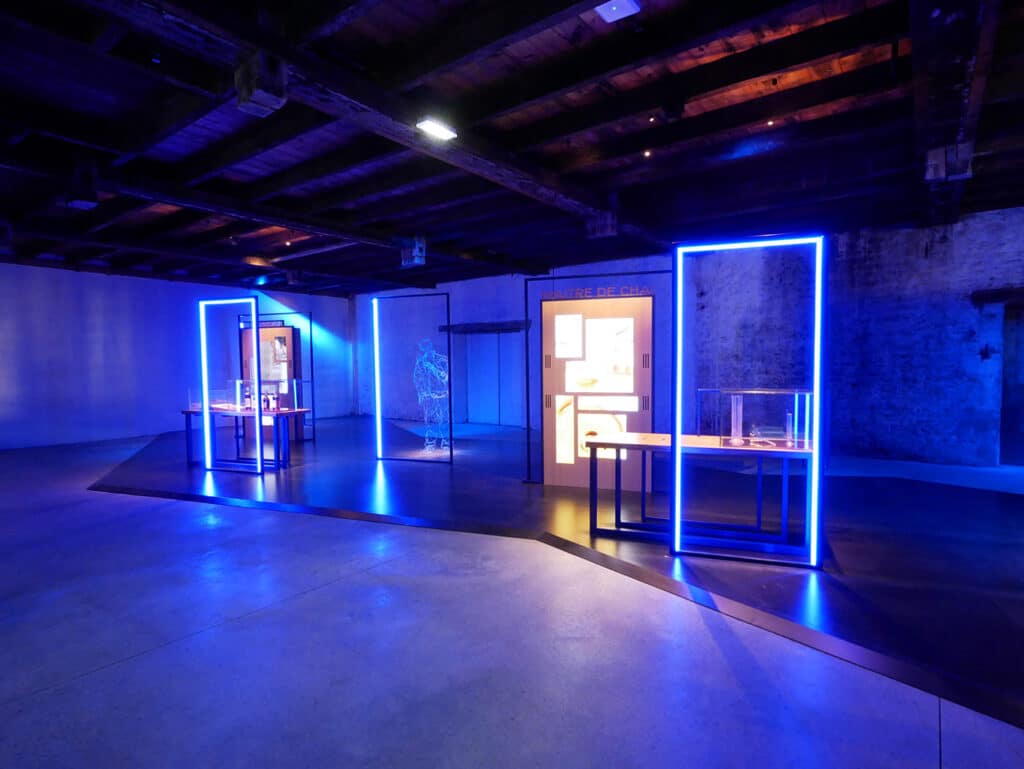

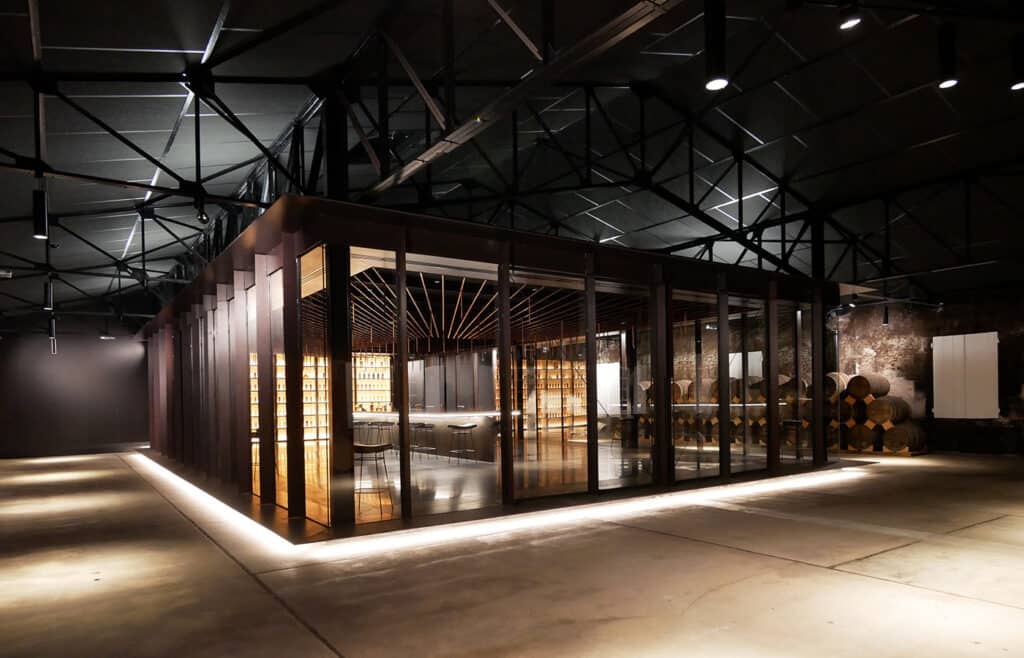
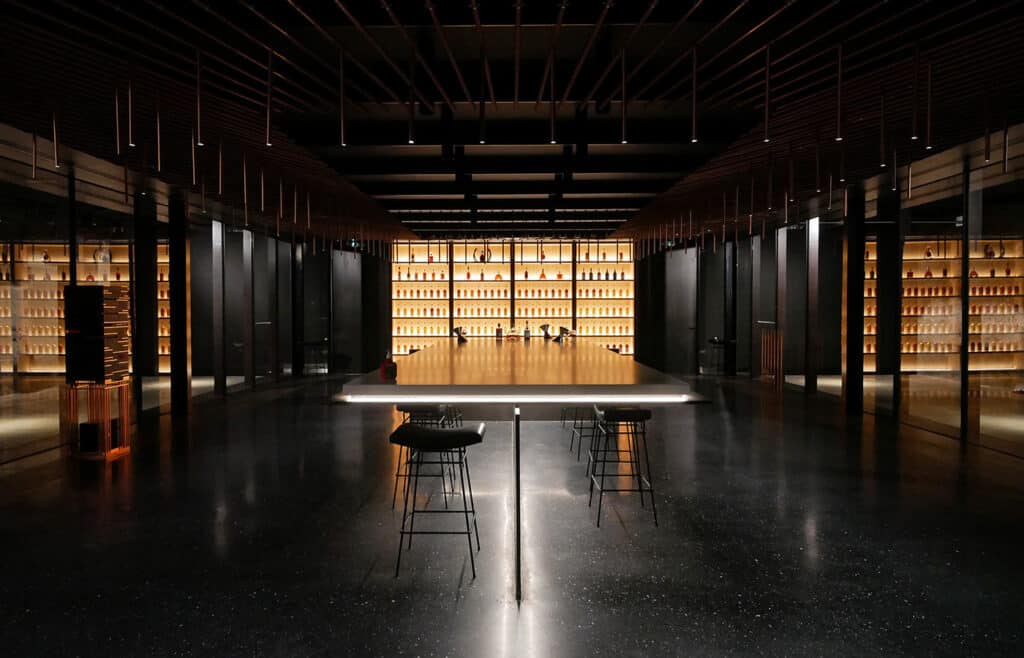


No Comments
Leave a comment Cancel